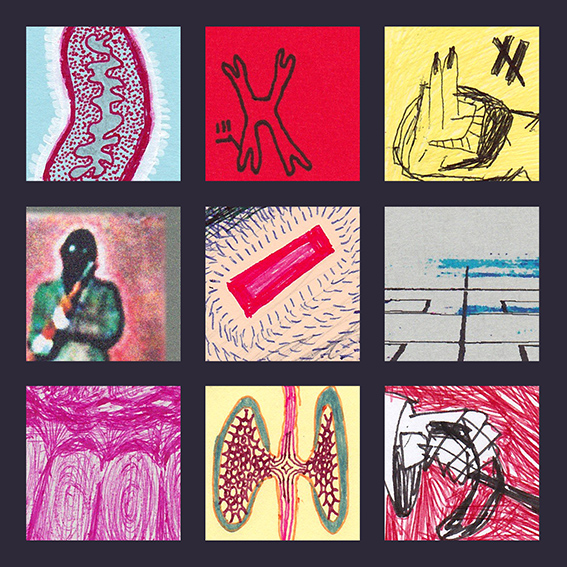Opening Friday 18 November 6-8pm
19 November to 4 December 2016
19 November to 4 December 2016
In her work Amanda Airs uses her personal experience of being in the landscape to create large disorientating abstract installations. Using repetition and hi-key tones she is able to create strong optical effects in particular perception of motion and spatial ambiguity. When applied to a large area Amanda uses the disorienting nature of the work to increase spatial awareness and to convey a heightened experience of being in the landscape.
The work “whizzing Tinge” portrays the landscape, not as a representational depiction but as an examination of the interplay of light and colour of moving elements in the landscape. This work takes inspiration from a small but beautiful event in the landscape, when autumn leaves are lifted into the air by a gust of wind. As the leaves flicker back and forth, a multitude of colours are revealed on either side of the leaves. It is hoped that the moving elements in this work and the use of wind will trigger a memory or a sensation of being in the landscape and experiencing one of these tiny events.










